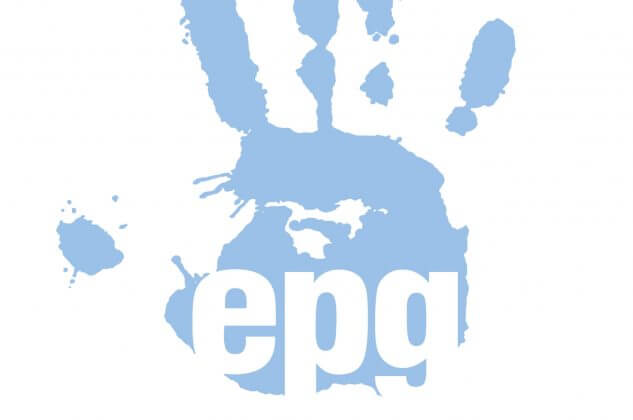
14 October 2019
Erb’s Palsy awareness week runs from 14th to 21st October 2019. The following article provides information about Erb’s Palsy and details support that is available for families affected by the condition.
What is Erb’s Palsy
Erb’s Palsy, also known as Brachial Plexus Paralysis, is a condition involving paralysis of the nerves supplying the arm. The condition can affect 1 or all of the 5 main nerves that supply the movement and feeling to an arm.
The condition mainly occurs because of trauma during birth, often shoulder dystocia, and effects around 1 in every 2,000 live births.
Each baby’s injury is individual. The paralysis can be partial or complete; the damage to each nerve can range from bruising to tearing. Some babies recover on their own, but some require specialist intervention. For many children Erb’s Palsy is a life-long disability.
There are five main nerves which make up the brachial plexus, a network of nerves that begin at the spinal cord in the neck controlling the hand, wrist, elbow, and shoulder. Each of these nerves has specific functions, i.e. shoulder movement, elbow flexion, wrist extension and hand function.
Symptoms of Erb’s Palsy
Symptoms vary depending which nerve(s) have been affected. Children many have paralysis of the shoulder and elbow resulting in the arm being turned towards the body, the elbow unable to bend and the hand turning backwards, described as “waiters tip” position. Some children have the added complexity of a lack of wrist extension.
If all of the nerves have been affected, the child could have complete paralysis of the whole limb. The most severe cases include the child’s entire arm being paralysed with sensory loss and Horner syndrome present. Horner syndrome is characterised by drooping of the eyelid, a smaller pupil on the affected side of the face and a cheek that doesn’t sweat. Torticollis, a twisted neck in which the head is tipped to one side while the chin is turned to the other, may also be present in the child.
Treatments for Erb’s Palsy
Over half of children born with Erb’s Palsy now make a full recovery. Of the remaining cases, another 30 to 35 per cent make a good recovery in respect of nerve injuries.
Early intervention is crucial to determine the full extent of any damage caused as treatment in the first year of life can have a significant impact on recovery. There are certain tests that can be carried out to show which nerve(s) have been damaged.
Treatments including physiotherapy, occupational therapy and hydrotherapy may be recommended. Alternatively, surgical procedures such as nerve grafts or tendon/muscle release may be required.
Available Support
The Erb’s Palsy Group CIO is the only UK based organisation offering advice, information and support to families affected by Erb’s Palsy. Their aim is to increase awareness and understanding of the condition. For further information please click on their link below.
Has Your Child’s Erb’s Palsy Been Caused by Medical Negligence?
If your child suffers from Erb’s Palsy which may have been negligently caused, you can bring a medical negligence claim on their behalf. By bringing such a claim, it is not just a matter of obtaining compensation but also ensuring rehabilitation and the best possible quality of life for your child, as well as providing support and assistance for the family.
If you would like assistance with investigating how your child’s Erb’s Palsy occurred, please contact our experienced Medical Negligence team on 01482 323697.


